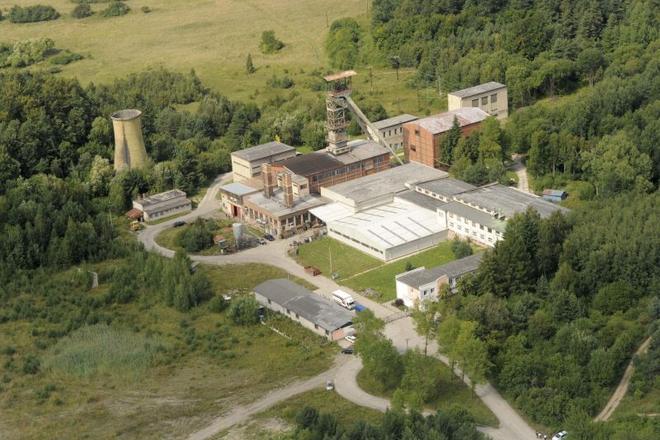THE SECOND part of the summer of 2009 has been marked by what historians are calling the biggest mining tragedy in Slovakia’s history. The deadly explosion, probably caused by flammable gases, occurred in the Handlová mine of the Hornonitrianske Bane Prievidza (HNB) mining company at about 8:30 on the morning of August 10 and killed 20 miners. The explosion occurred after mine rescuers had earlier been deployed to extinguish a fire in the Eastern shaft of the mine.
The Slovak cabinet announced an official state day of mourning, held on August 12. Prime Minister Robert Fico said after the extraordinary government session, which was also attended by President Ivan Gašparovič, that the families of the victims will be provided with financial compensation.
In the first three months of 2009, GDP fell by 5.6 percent. By contrast, the country’s economy grew in the second quarter of last year at a blistering 7.9 percent.
For the first six months of 2009, Slovakia’s GDP contracted by 5.5 percent year-on-year in constant prices while in current prices it fell by 6.3 percent, the office reported.
Market watchers had expected the country’s economy to continue sliding as it had done in the first quarter.
In line with global developments, it appears that the Slovak economy, following its plunge at the end of last year and the beginning of 2009 is slowly stabilizing, according to senior research analyst with ING Bank Eduard Hagara.
“Considering the structure of the economy, we will most probably witness two contrary tendencies: better prospects for the global economy should help stabilize the export sector and gradually bring it back to positive growth,” Hagara wrote in a memo. “On the other hand, growing unemployment, fears of job losses and also the limits on wage growth will have negative impact on consumers’ appetites, so household consumption should continue its fall.”
Hagara expects a more considerable easing in the economy’s fall only in the fourth quarter.
“On the contrary, there are risks that in the third quarter we will see an even more significant year-on-year fall in GDP than in the first two quarters,” Hagara wrote. “We expect a mild revival of growth only next year, when Slovakia’s economy according to our estimates could grow by 1.5 percent”
Considering signs of revival in industry and construction it could be expected that the negative effect of overall foreign demand on GDP was somewhat slighter than during the first quarter of 2009, VÚB Bank senior analyst Martin Lenko told newswire SITA.
The recent numbers did not come as a surprise to the Finance Ministry.
“It is in line with our expectations,” Ján Onda of the ministry’s communication department told the SITA newswire. The ministry would not make further comments on the numbers.
The Finance Ministry in June forecast that the country’s economy would contract by 6.2 percent during 2009. However, in 2010, the ministry predicts economic growth of 1.1 percent, according to its website.
According to the Statistics Office, total employment in the April-June period reached 2.198 million people, representing a fall of 1.3 percent.
GDP declined by 0.1 percent in the euro area and by 0.3 percent in the whole European Union during the second quarter of 2009 compared with the previous quarter, according to flash estimates published by Eurostat.
In the first quarter of 2009, growth rates were -2.5 percent in the euro area and -2.4 percent across the EU27, according to an official Eurostat release.


